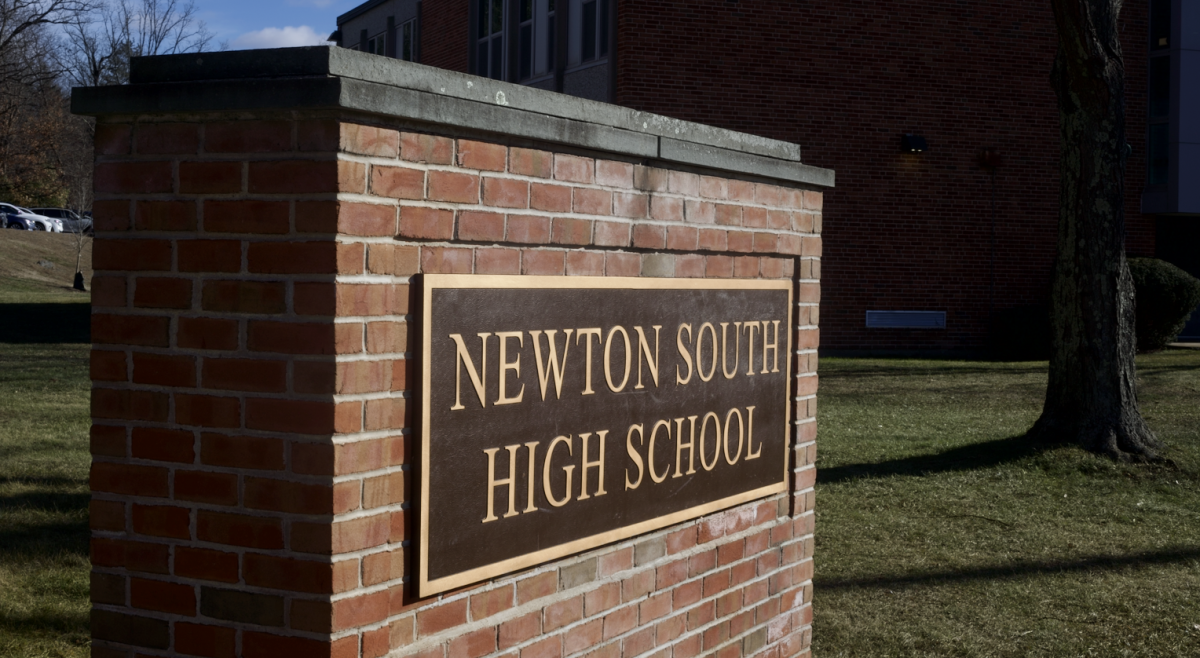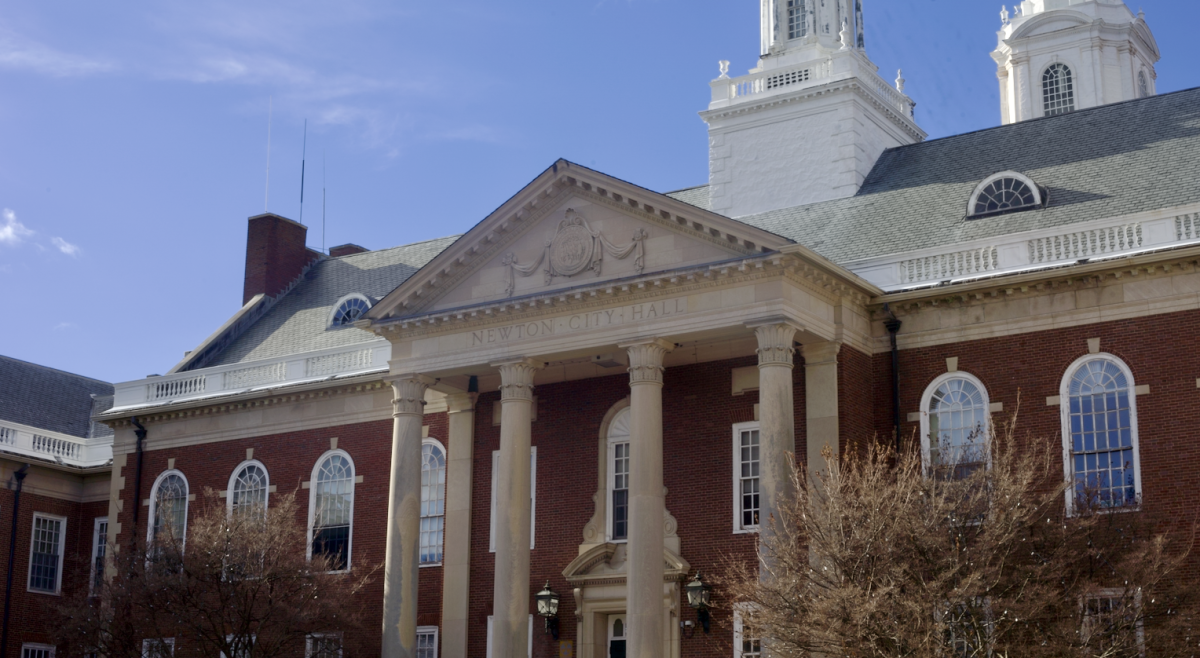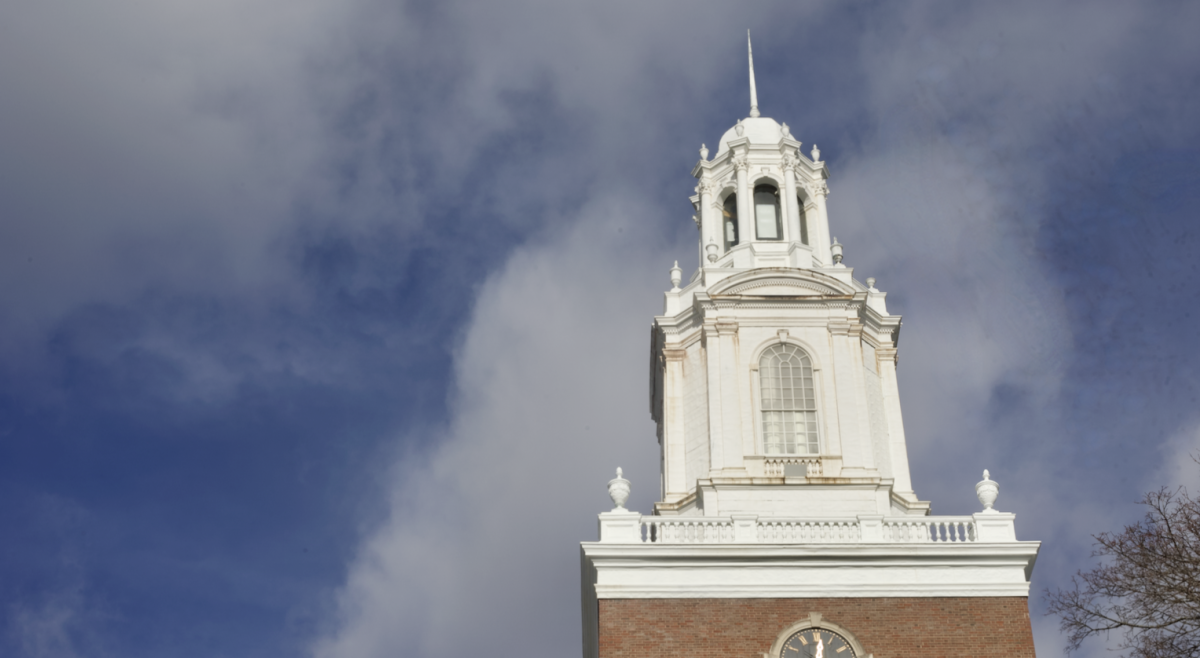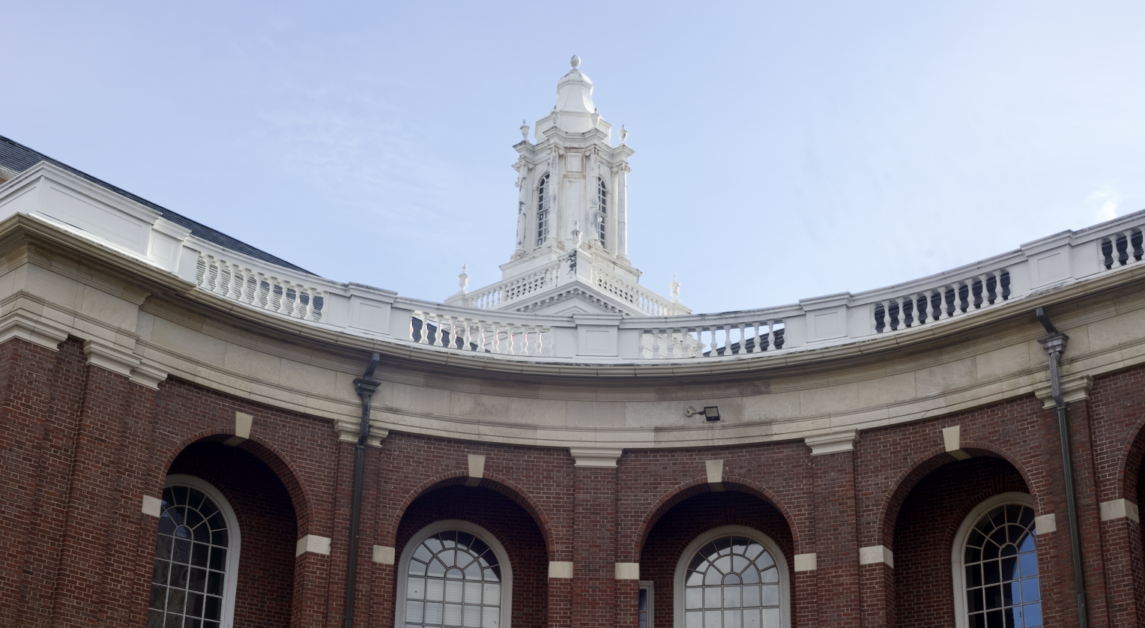Newton’s Zoning and Planning Committee (ZAP) reviewed the proposed Newton Building Emissions Reduction and Disclosure Ordinance (BERDO) on Monday night, which would require large property owners to report energy use and reduce greenhouse gas emissions to net zero by 2050.
Synapse Energy Economics Principal Associate Philip Eash-Gates said Building Performance Standards such as BERDO are an effective way to decrease city greenhouse gas emissions, especially since, according to the city, the 400 largest buildings in Newton contribute 27 percent of the city’s total greenhouse gas emissions.
“Building Performance Standards are seen as a leading policy tool available to local governments for building decarbonization,” Eash-Gates said. “They have an outsized impact by regulating relatively few buildings—we’re talking about 23 to 28 percent of the emissions citywide across all sectors by regulating on the order of three to 400 large buildings.”
If adopted, Newton’s BERDO would initially apply to large non-residential buildings, with a floor area of 100,000 square feet and more. This includes campuses, commercial properties, laboratories, and other large facilities.
The current proposed BERDO plan progressively tightens the emission standards for these buildings over time.
“Six buildings will need to make changes in year 2027, and that ramps up to about 40 buildings by 2030, so about 10 buildings will be impacted each year,” Eash-Gates said. “And that trend continues all the way out to 2050 and we find that most buildings—67 percent of them—we expect to comply until year 2040, so that gives a decade and a half for these building owners to plan and make changes.”
The City of Boston adopted a BERDO in 2021, requiring buildings over 20,000 square feet and residential buildings with 15 or more units to gradually reduce their emissions to achieve net zero by 2050.
Newton’s version draws on Boston’s BERDO, but adopts a more gradual emissions reduction timeline. Larger buildings in Newton will begin compliance in 2027, with all buildings required to reach net zero by 2050. Meanwhile, Boston’s reductions are set to start in 2025.
“A Newton BERDO would be based on Boston BERDO, but tailored to Newton,” Newton’s Energy Project Manager Bill Ferguson said during a March 2022 City Council meeting on BERDO. “We can use the lessons they learned and challenges they faced to speed up our own process.”




















